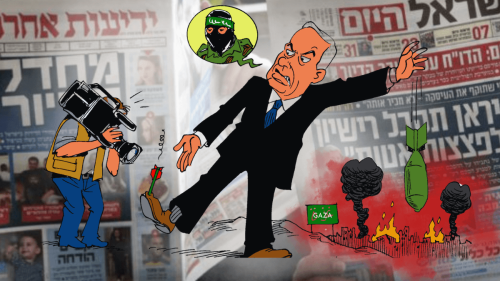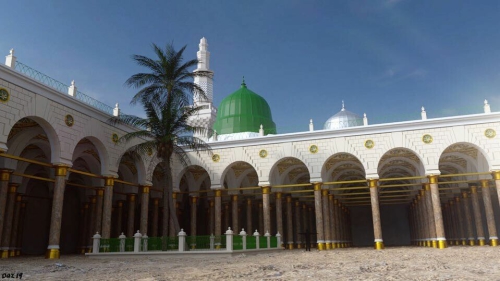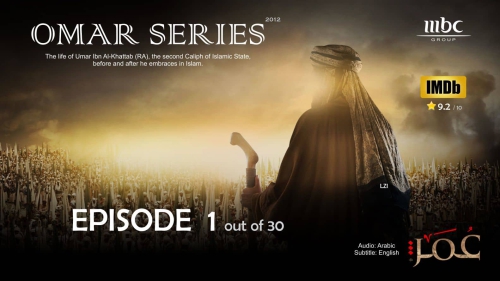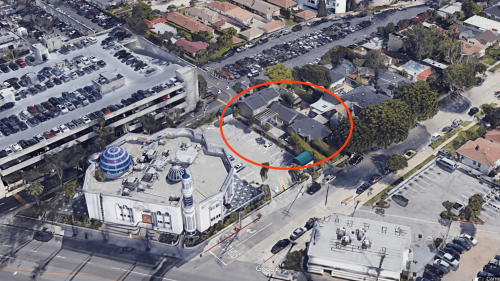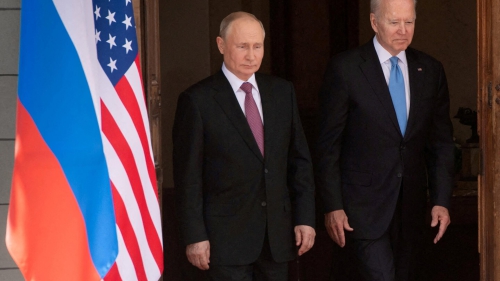Changing character of media in Kingdom

The history of the media in the Kingdom of Saudi Arabia is inseparable from the history of the Kingdom itself.
Before there was a Kingdom in the Arabian peninsula, there were hardly any newspapers. At times there were certain scattered periodicals or occasional tracts, but lack of resources and a reading public, not to mention the lack of geographical and political cohesion, made a viable newspaper very uncertain. A land of mystery and fear was how the Arabian peninsula was viewed by most at the turn of the century - and only the brave or suicidal dared venture into its harsh and arcane world.
But as history would have it, all that was to change. For in 1932, the Arabian peninsula was united after a long and just struggle by the victorious King Abdul Aziz, father of the present King Fahd, and perhaps the last of the great legend-producing desert warriors. With pure untiring determination and faith in his mission - that of a united Arabia, stable and secure - King Abdul Aziz forged what is now known as the Kingdom of Saudi Arabia.
From its hard-won beginnings, the Kingdom was looked upon with respect and affection by millions of Muslims who face the city of Makkah five times a day in prayer. Muslims had an added cause to celebrate: The Kingdom gave birth to the reign of law and order in the land of holy sites that Muslims long to visit. No longer might a pilgrim fall victim to desert brigands and highwaymen. The enforcement of Islamic Sharia laws by King Abdul Aziz ensured that henceforth the lives and possessions of citizens and visitors alike would be safe.
Not only the right of pilgrimage without let or hindrance, but also other areas of social progress were among the ambitions of King Abdul Aziz. One such goal was education. There emerged a large number of educated people whose interest in reading increased day by day. Of course, in pre-television days, there was nothing but the written word, if that was available, to satisfy the curiosity of his people.
And so the age of the media in Saudi Arabia came into being.
The media scene in the Kingdom can be divided into three stages.
The first lasted from 1932 to 1959. In this period, known as "Individual One", any individual who could show the necessary qualifications could apply to the government for a license to set up a newspaper or magazine. The second period known as "Press Amalgamation" ran from 1959 to 1964 and witnessed a streamlining of newspapers. The government felt that an excessive number of newspapers could serve no real purpose and therefore advised that an amalgamation of existing papers would give birth to improved papers in each city. This was the view expressed by the late King Faisal ibn Abdul Aziz in a press conference in Taif in 1958. And following a series of meetings between the owners of newspapers, some of the present dailies were born.
The third phase in the history of Saudi media began in 1963. This is sometimes referred to as the "newspaper organizations" phase. It involved the setting up of newspaper companies with a capital of no less than a hundred thousand riyals with no less than fifteen members of the organization. This explains why today in Saudi Arabia a number of newspapers are published by a single organization.
Now we have a number of Arabic dailies in the Kingdom. There are also three English language newspapers. Arab News is the leading English language daily published simultaneously in Riyadh, Jeddah and Dhahran. The editors of the papers are all Saudi citizens. In the early phases of media development, a considerable number of non-Saudis at different levels were involved in the development of the Saudi press. Today, by and large, implementing the government's policy, newspapers are run by Saudis. There is now no dearth of native-born, native-nurtured journalistic talent.
And the Saudi reader, familiar with the foreign media, is becoming increasingly discriminating. He or she is quick to note any error or discrepancy in reporting. They have become, in fact, more international in outlook. Their fathers or grandfathers may have been satisfied with news of the Kingdom and perhaps of the Arab countries, but today's reader will be led by the demon of curiosity through the fields of politics, arts, science, computers, sports and music and, by now accustomed to getting the best and the latest, wants the same in locally-printed newspapers.
Saudi newspapers have therefore had to cater to the needs of a new breed of demanding readers. This means that the media must be armed daily with a variety of subjects. Commitment to social development in Saudi Arabia has also promoted intellectually honest discussion on a range of culture-specific issues.
Newspapers now engage in topics which are the life blood of a society founded on the principles of Islam - topics such as the role of women, the high cost of dowry, bringing up children and choosing a career. The number of female journalists is also on the rise and a positive feature in the growth of journalism is that there are no segregating categories of journalism. Therefore, "female journalist" is not part of the taxonomy of Saudi media. Editors are quick to agree that a female journalist and writer can focus on any issue.
Our publications are committed to bringing to Saudi Arabia and the rest of the Arab world comprehensive and up-to-the-minute coverage of all aspects of regional and international news. Our publications have in essence added a new dimension to the media in the Gulf region. Using the latest in printing technology and availing themselves of the facilities of satellite communications, these publications feed hungry readers on four continents with what we believe to be the best in regional and international news.
I believe that change in the media lies not only in the acquisition of the best and latest technology but also in the changing character of its newspapers and their editorial content. And this is a good sign. Personally, I would be thrilled, for our region and my profession, to see some of our young Gulf nationals attending reputable journalism schools in the United States and Europe. For in order to be truly professional journalists, our view of the world must be outward-looking. Moreover, since the information flow is mostly from the U.S. and Europe, journalists, especially Gulf nationals, should be bilingual. It does help.
Upon reflection, one cannot help but feel satisfied. Admittedly a lot of ground has still to be covered but a careful appraisal of the media reveals that the changes, lightning-quick by comparison with other regional scenes, have so far been positive. And that augurs well.
Rome may not have been built in a day, but the media in Saudi Arabia came close to it.








